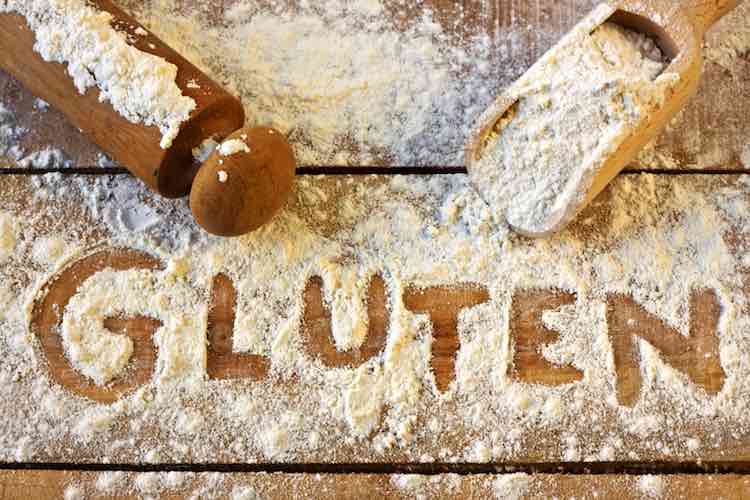Gluten is a protein found in common cereal grains, especially wheat, barley and rye, and sometimes in oats. In people with coeliac disease, even small amounts of gluten in the diet set off an immune reaction that damages the small intestine. This damage interferes with the absorption of nutrients from food and can cause bowel symptoms and deficiencies of vitamins, minerals and other nutrients.
Coeliac disease is treated by following a gluten-free diet. This means avoiding all foods containing gluten. In Australia, food labelled ‘gluten free’ must not contain any detectable gluten and must not include oats or malt.
A gluten-free diet is something to be followed for life and should not be started before coeliac disease is diagnosed by your doctor or specialist. In fact, starting a gluten-free diet before coeliac disease is confirmed can make diagnosis difficult and is therefore not recommended.
By following a gluten-free diet, people with coeliac disease can avoid long-term health complications of coeliac disease, so it’s worth getting it right!
You will also be advised by your doctor to follow a gluten-free diet if you are diagnosed with a skin condition called dermatitis herpetiformis — like coeliac disease, dermatitis herpetiformis is linked to gluten sensitivity.
Gluten-free diet
The table below indicates foods to avoid and foods to include in a gluten-free diet. However, it is intended as a general guide only. People with coeliac disease or dermatitis herpetiformis may benefit from seeing a dietitian for an individualised dietary plan and advice on how to read food labels.
| Gluten-free diet | ||
|---|---|---|
| � | Foods to avoid | Foods allowed |
| Flour |
|
|
| Bread and related foods |
|
|
| Baked goods and desserts |
|
|
| Breakfast cereals |
|
|
| Pasta and noodles |
|
|
| Grains |
|
|
| Fruit and fruit products |
|
|
| Vegetables and vegetable products |
|
|
| Animal products |
|
|
| Dairy foods |
|
|
|
|
|
| Legumes (beans, peas and lentils) |
|
|
| Take away food |
|
|
| Savoury snacks |
|
|
| Chocolate, lollies and treats |
|
|
| Non-alcoholic drinks |
|
|
| Alcoholic drinks |
|
|
| Other products |
|
|
| ∗ Some of these products may contain gluten; always check the label (or ask the restaurant) and avoid if there is any doubt. | ||
Here are some other frequently overlooked items that may contain gluten — check before consuming:
- croutons;
- baking powders;
- coating mixes for covering foods;
- energy bars;
- marinades, sauces and gravies;
- soup bases; and
- stuffing.
Medicines
Remember that some medicines (including herbal supplements and nutritional supplements) may contain gluten. Some prescribed or over-the-counter medicines come with a Consumer Medicine Information leaflet — you can look in the ingredients section to check whether the medicine contains gluten. If your medicine does not have a Consumer Medicine Information leaflet, check with your doctor or pharmacist or the product manufacturer.
Other potential sources of gluten
Other gluten-containing products that you don’t actually eat but could come into contact with your mouth include lipstick and postage stamps. Play dough can also contain gluten, so wash your hands after touching it.
Tips for living a gluten-free life
- Become an expert at reading ingredient labels — a dietitian can teach you how. Look for ingredients in the ‘not allowed’ column above, and avoid these products.
- Read the label every time you purchase a food — manufacturers may change ingredients at any time.
- If you can’t verify that the food is gluten free, don’t risk it. If you have coeliac disease, your small intestine is affected every time you consume gluten, even if you don’t have symptoms.
- Remember that ‘wheat free’ does not mean ‘gluten free’. Wheat-free products can still contain barley, rye or spelt (a form of wheat).
- Make sure gluten-free foods don’t come into contact with foods that contain gluten. Contamination can happen through using a common toaster for gluten-free and regular bread or not thoroughly cleaning utensils and preparation surfaces that have been used for food containing gluten.
- It takes time to adjust to a gluten-free diet. Although you may miss the foods you used to eat, try to stay positive and focus on the many things you can eat.

